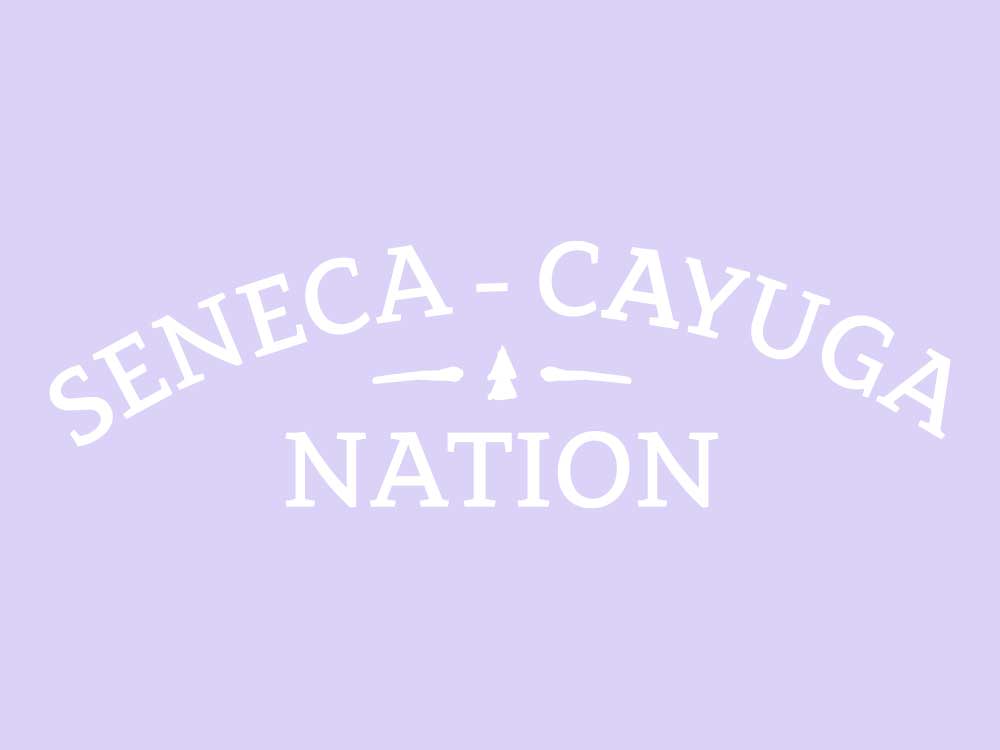August 11, 2020
In the year 1830, the United States government made a plan to gather all Native American Indians at and move them to one centralized location. That decision began what would become formally known as the Indian Removal Act. The first draft was signed in 1830 by President Andrew Jackson and then the second draft came to be in 1837. The Cayuga’s were originally from the Sandusky, Ohio area; the Senecas were from both New York and Canada. Both tribes separately made a move to Oklahoma per the Removal Act. However, upon arrival there weren’t enough Senecas or Cayugas individually to form their own tribes. The joint arrival of both tribes to Oklahoma in 1930, coupled with the development of the Recognition Act, allowed for the combined co-creation of a new tribe known as the Seneca-Cayugans. The Recognition Act was key in establishing the Seneca-Cayugas as its own nation. In 1937, the Seneca-Cayuga Nation was first founded and adopted their first constitution as an official tribe.
Will Tarrant, the nations’ Historical and Cultural Preservation Director further unpacked the history: “As the Senecas and Cayugas grew, they expanded beyond the original borders of Oklahoma. In 1950, a work program was offered to many of the tribal members allowing them to go west for various opportunities. As a result, many of the tribal members left to go west, to pursue employment. Some came back, some went back and forth, some settled in the West, in the regions of Oregon, California, and Washington. This distributed the members beyond Oklahoma where many still reside today.”
There were initially 220 members in Ohio when the first removal began many years ago. By the time the Senecas and Cayugas were officially joined and recognized as a tribe in 1937 in Oklahoma, there were a budding 734 members. This group was the official first members of the Seneca-Cayuga Nation.
